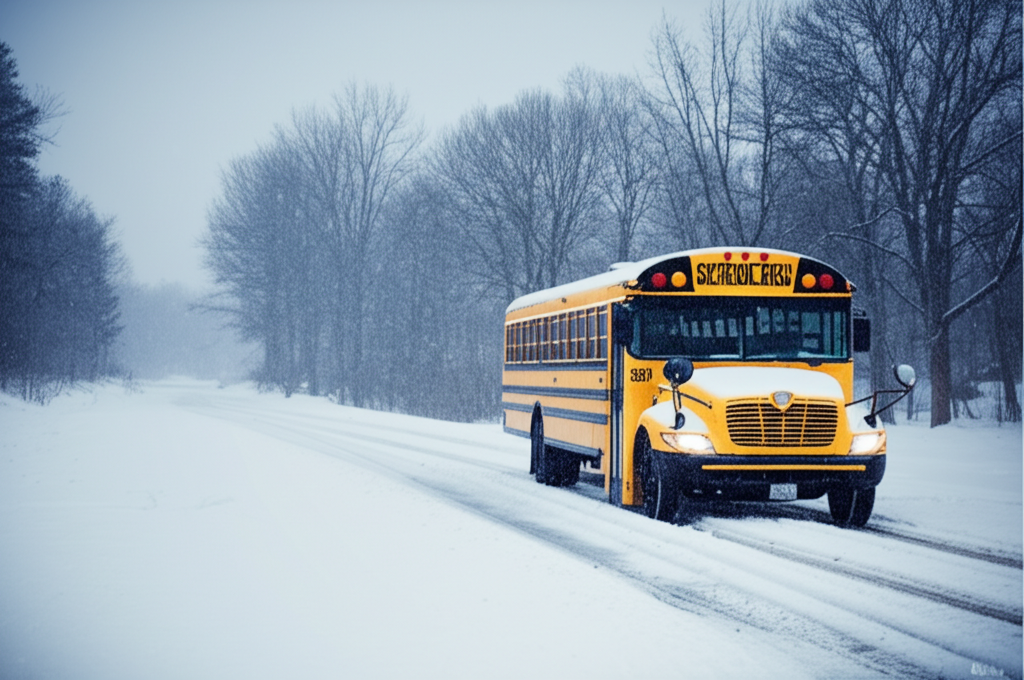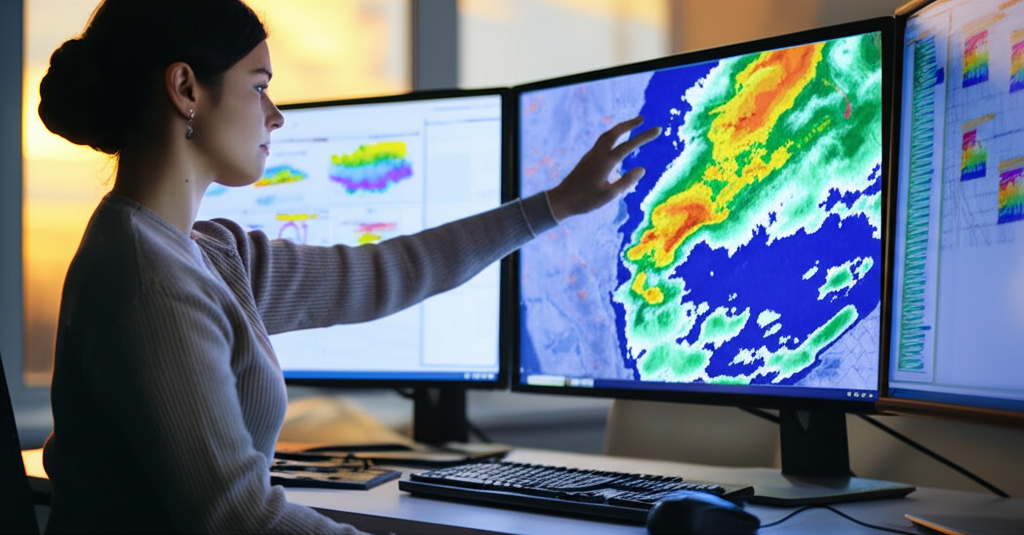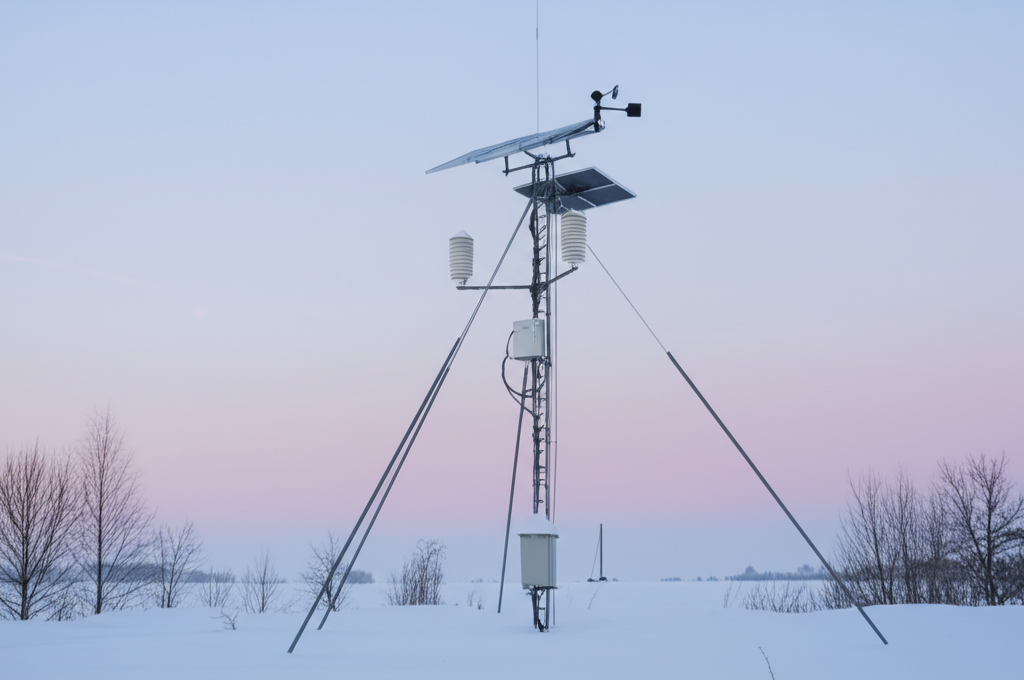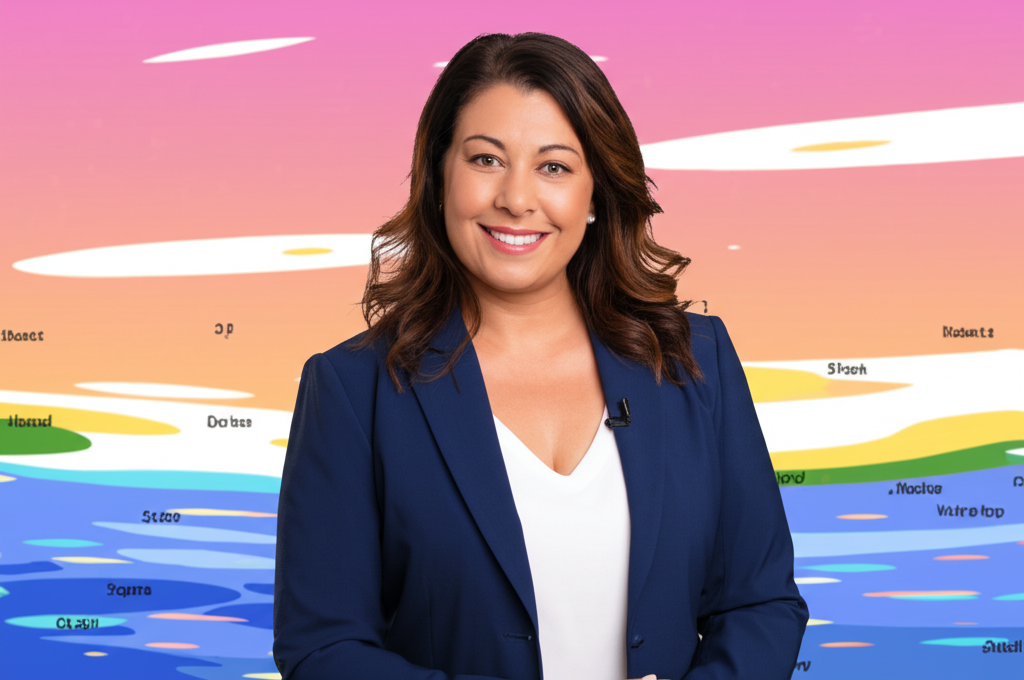Historical School Closure Data
Explore historical snow day closure data for schools in different cities around the world.
Understanding Historical Snow Data
Discover how historical patterns help predict future snow days and inform school closure decisions

The History of Snow Days
From handwritten records to AI-powered predictions, how we track and forecast snow days has evolved dramatically
Historical snow data is more than just numbers and charts—it's a valuable resource that helps us understand weather patterns, predict future events, and make informed decisions about school closures and emergency preparedness.
Evolution of Snow Day Tracking
Early Weather Records
Weather observers began keeping systematic records of snowfall and its impacts on communities.
Standardized Measurements
Weather bureaus established standardized methods for measuring and recording snowfall.
Computerized Records
Weather data began to be stored and analyzed using computers, allowing for more complex pattern recognition.
Satellite Imagery
Satellite technology enabled comprehensive tracking of snow systems and improved forecasting.
Big Data Analysis
Advanced algorithms began analyzing decades of historical data to identify patterns and improve predictions.
AI-Powered Predictions
Machine learning models now combine historical data with real-time information for highly accurate forecasts.
How Historical Data Predicts Future Snow Days

Pattern Recognition
Meteorologists analyze decades of historical snowfall data to identify recurring patterns and cycles. By recognizing these patterns, they can better predict when similar conditions might lead to significant snowfall events in the future.
"Historical data shows that when specific atmospheric conditions align with certain ocean temperature patterns, the probability of heavy snowfall increases by up to 78% in affected regions."
— National Weather Service Research Division

Machine Learning Models
Modern prediction systems use sophisticated machine learning algorithms that analyze thousands of historical weather events. These systems can identify subtle correlations between various factors that human analysts might miss.
"Our AI-powered prediction models have improved snow day forecasting accuracy from 72% to 91% by incorporating 50+ years of historical data across multiple variables."
— Weather Prediction Technologies, Inc.
Key Factors in School Closure Decisions
School administrators don't make closure decisions based solely on snowfall predictions. They consider a complex matrix of factors, all informed by historical data and past experiences.
Snowfall Amount & Timing
Not just how much snow, but when it will fall relative to school hours
92% of districts consider this factor
Road Conditions
Safety of bus routes and major transportation corridors
87% of districts consider this factor
Temperature & Wind
Wind chill factors and dangerous exposure conditions
76% of districts consider this factor
Facility Readiness
Ability to clear parking lots, walkways, and maintain heating
68% of districts consider this factor
Regional Decisions
What neighboring districts are deciding
54% of districts consider this factor
Historical Precedent
How similar weather events were handled in the past
81% of districts consider this factor
Case Studies: Historical Data in Action
Boston Public Schools
The "Three Storm Rule"
After analyzing 30 years of weather data, Boston Public Schools developed what they call the "Three Storm Rule." Historical patterns showed that when the city experiences three significant snowfalls before January 15th, there's an 82% chance the winter will have above-average snow days.
This insight allows the district to better prepare by adjusting their calendar and resources early in the season. Since implementing this approach in 2018, the district has reduced last-minute closure decisions by 40% and improved their ability to communicate with families in advance.
Denver Public Schools
Micro-Climate Mapping
Denver's varied topography creates significant differences in snowfall and road conditions across the district. By mapping 15 years of historical snow data against elevation and geographical features, the district created a "micro-climate map" that predicts which school zones will be most affected by incoming storms.
This approach has allowed Denver to implement targeted closures when necessary, sometimes closing only schools in higher elevation areas while keeping others open. This data-driven strategy has reduced district-wide closures by 35% while maintaining safety standards.
Modern Tools for Snow Data Analysis

Advanced Weather Stations
Modern weather stations can measure dozens of variables simultaneously, from snow depth and density to wind patterns and visibility. These stations often transmit data in real-time to central databases, creating an unprecedented wealth of historical information.

Predictive Analytics Software
Specialized software now allows school districts to input historical closure data alongside weather predictions to generate probability models for upcoming events. These tools can simulate thousands of scenarios based on past outcomes.

The Future of Snow Day Prediction
As climate change alters traditional weather patterns, historical data becomes both more valuable and more challenging to interpret. The future of snow day prediction lies in adaptive models that can account for changing climate conditions while still leveraging decades of historical insights.
Expert Insights

Dr. Jennifer Winters
Education Policy Analyst, National Weather Education Institute
"Historical snow data isn't just about predicting the next closure—it's about understanding the broader patterns that affect educational continuity. When districts analyze this data effectively, they can build more resilient educational systems that minimize disruption while maximizing safety."
Dr. Winters has studied the impact of weather-related closures on educational outcomes for over 15 years. Her research shows that districts that effectively use historical data to plan for snow days see 23% less disruption to curriculum delivery and better standardized test performance compared to districts that take a more reactive approach.
Resources for Further Learning
National Weather Service Education Portal
Free resources for understanding and analyzing historical weather data
Learn moreSchool Administrators Weather Guide
Best practices for using historical data in closure decisions
Learn moreClimate Change and School Planning
How changing weather patterns affect school closure predictions
Learn moreUnderstanding the Past, Predicting the Future
Historical snow data provides the foundation for modern prediction systems. By studying the patterns of the past, we can better prepare for the winter challenges of tomorrow, ensuring both student safety and educational continuity.
Explore Our Snow Day Calculator